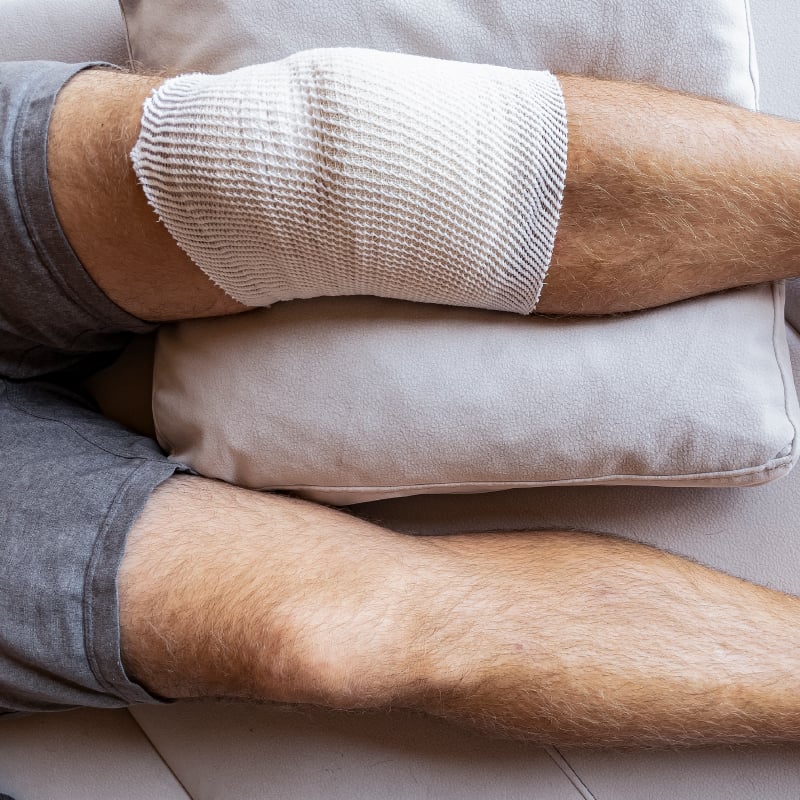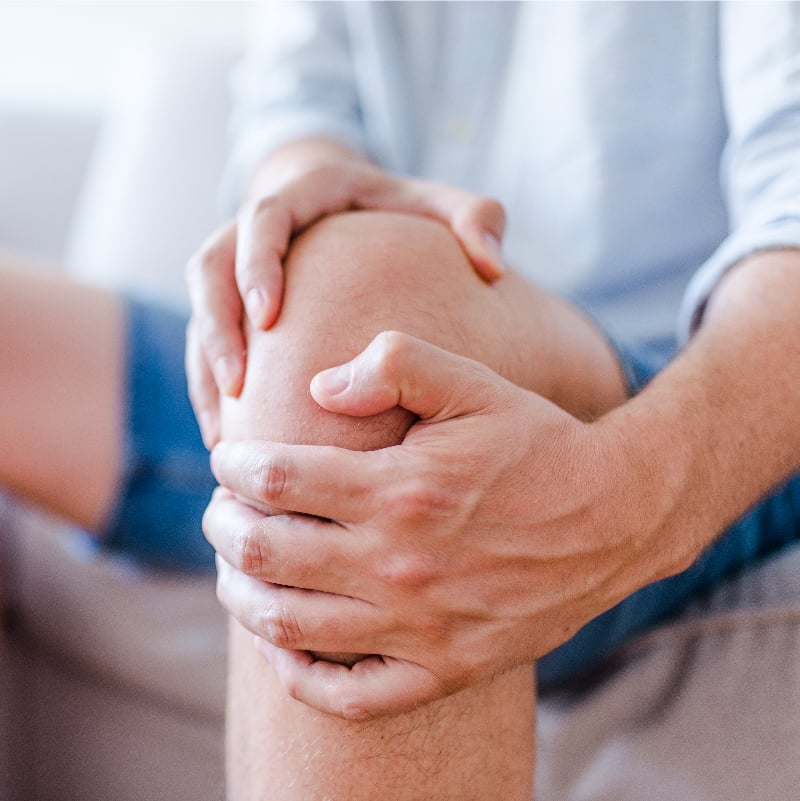The amount we exercise is directly related to preventing heart disease and other high-risk health issues. At the same time, finding new and engaging ways to be fit often feels like a constant challenge.
To add some variety to your activity regimen, our experts share seven great types of exercise for older adults – in ways that are both fun and enjoyable.
1. Swimming
Swimming is a great form of exercise for people of every age due to its great cardiovascular benefits. However, swimming is an activity that older adults can particularly enjoy because of its low-impact nature. It's easy on the joints and will help you build up all three major components of your physical health -- flexibility, strength, and cardiovascular endurance.
The coordination involved with various swimming strokes is linked to better balance as you age. This can help prevent falls, and improve one's core strength and sense of stability.
2. Yoga
Actively working to stay flexible as you age is key to your overall health. Yoga helps you improve your flexibility, while also strengthening and lengthening the various muscle groups throughout your entire body.
In addition to the physical benefits of yoga, the mental practice will help keep you sharp. Focusing on the breath and being present in your practice are great skills to develop at any age, but especially in your older years. Try taking a yoga class at a local studio, or trying out a DVD in the comfort of your own home.
This video will guide you through a 30-minute, gentle yoga practice designed for older adults.
3. Walking
In addition to flexibility and strength, cardiovascular endurance is another important skill to continue to work on as you age. Walking is a great calorie-burning exercise and helps you maintain mobility.
While walking is, overall, very beneficial to your health, you might try walking on surfaces other than concrete (like sand, grass, or gravel) to help lessen the impact on your joints. Walk on your own, with friends, or keep it lively by joining a walking group. You'll be so busy chatting, you'll forget you're even exercising.
4. Weights
Maintaining bone density and muscle strength becomes harder the older you get. Being consistent about a weight and/or strength-training regimen can help combat this loss and its detriment to your overall health and wellness.
Working in light weights to your everyday activity regimen doesn't have to be hard. If you're going for a walk, try carrying light hand weights (2-3 lbs.), or using light ankle weights for an extra challenge. Likewise, if you're swimming or doing yoga, try getting into the habit of doing some light weight repetitions once you're done with your cardio session. A few minutes of bicep curls and other familiar repetitions could make a big difference in the long run.
5. Tai Chi
Like yoga, Tai Chi is a gentle form of exercise with great health benefits, especially at an older age.
Tai Chi is commonly referred to as "meditation in motion". Because of its meditative components, it is often said that the mental benefits of the practice are just as beneficial as the physical. If you're used to a faster-paced form of exercise, Tai Chi might test your patience. This could be a good thing.
Although it might not feel like it, the slow movements in Tai Chi will test your balance, flexibility, and strength - the three most important elements of overall physical health. If you are new to Tai Chi, this article will give you a gentle introduction to the meditative movements of the practice.
6. Stretching
While exercises like yoga, Tai Chi, and swimming will help improve your flexibility, taking the time to actually stretch is the best way to increase overall flexibility. Maintaining flexibility will help as you age, both with your overall range of motion and mobility in your joints. There's a variety of great stretching exercises you can do on your own, with a friend, or even in a class. A few tips in regard to stretching:
- Always warm up your muscles before you stretch them. This could mean taking a walk around the block, or simply climbing up and down your flight of stairs at home.
- Aim to stretch at least two to three days per week, and hold each stretch you perform for at least 30 seconds.
- When deciding which stretches to perform, aim to hit all major muscle groups in the body. Watch this video for a great guide to beginning your weekly stretching routine.
7. Aerobics
Aerobic exercises are another great way to maintain cardiovascular health. Whether you prefer doing simple exercises with a chair or stairs in your home, or attending group fitness classes at your local gym, there's a fun and safe way for everyone to practice aerobics.
You might be getting enough aerobic activity during your day without even realizing it. Running errands, climbing stairs, and playing with the grandkids are all forms of staying active that probably don't feel much like exercise.
No matter your preference, aim for at least two to three days of brisk aerobic activity per week. Your heart will be healthier and you'll feel more energized and alert overall.









